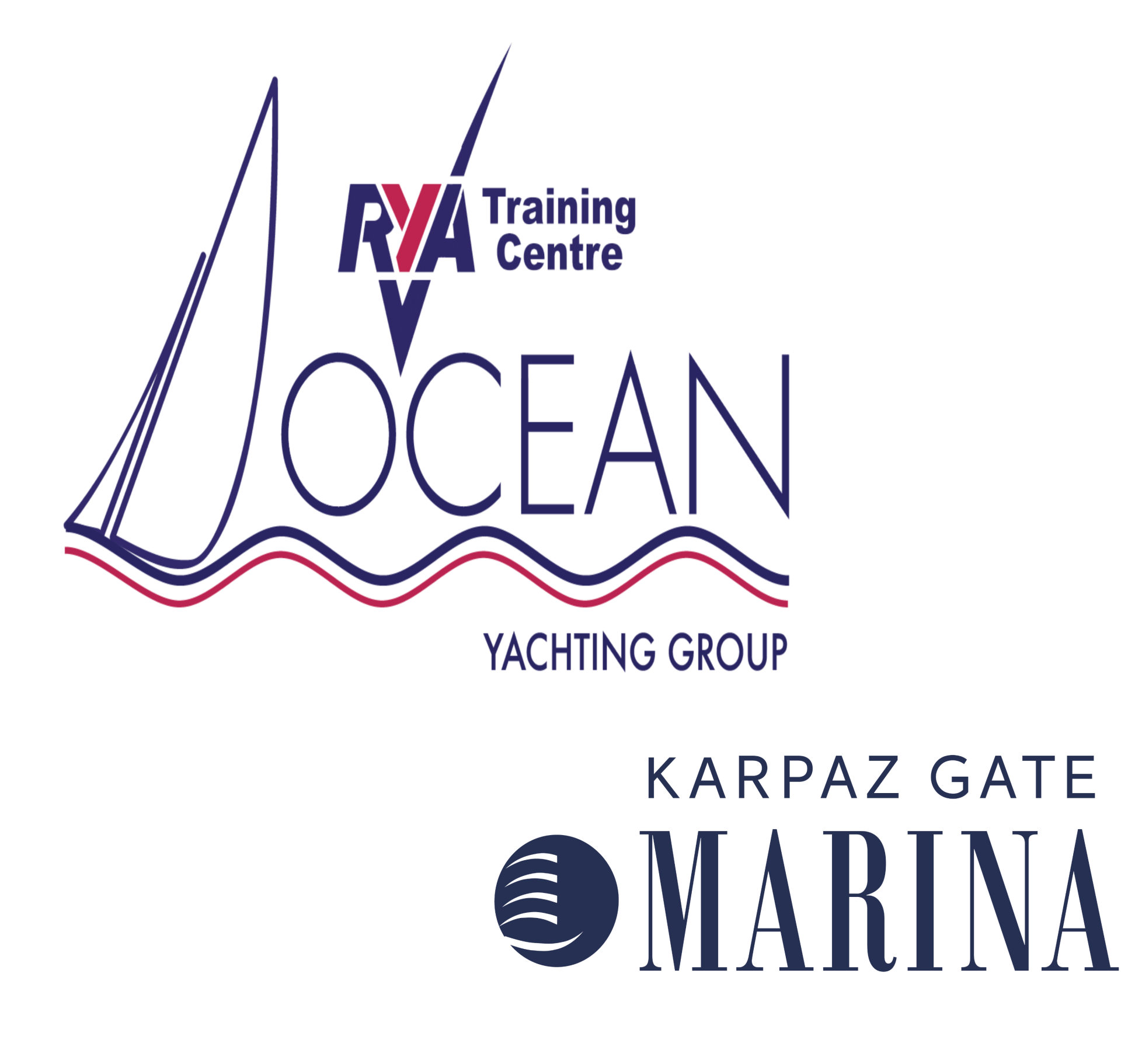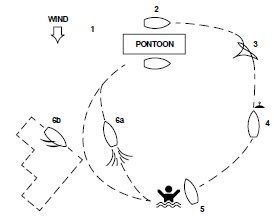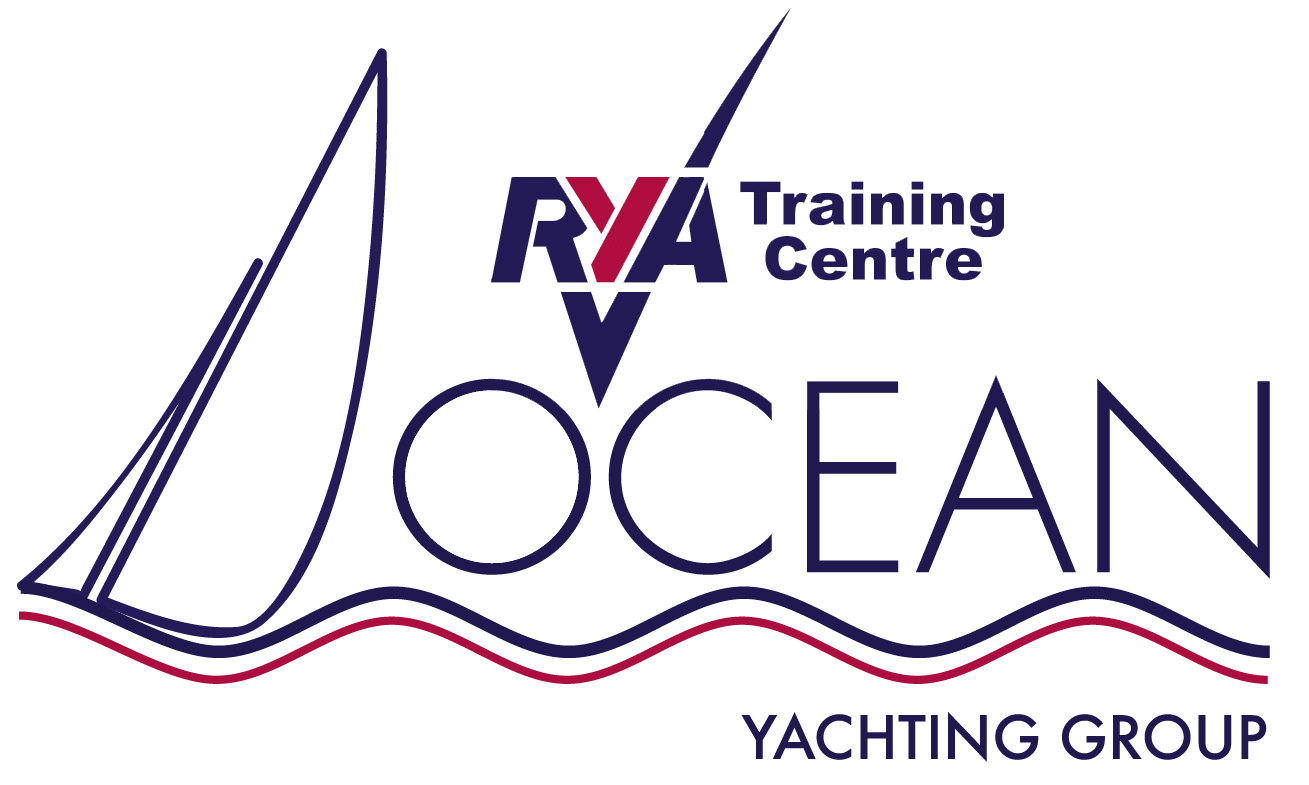ICC CONVERSION
WHAT IS ICC ?
The ICC is a certificate which is intended to provide evidence of competence when requested by officials in foreign countries.
The ICC (or to give it its full title International Certificate for Operators of Pleasure Craft) is a certificate which is intended to provide evidence of competence when requested by officials in foreign countries. It is sometimes known as the International Certificate of Competence.
It is issued under the United Nations Economic Commission for Europe (UNECE) Inland Transport Committee Working Party on Inland Water Transport Resolution 40. It is this resolution which details how and to whom the ICC may be issued, the syllabus requirements, the layout of the certificate and it also lists the countries which have notified the UNECE Secretariat that they have accepted the resolution.
WHAT DOSE THE ICC DO?
When you visit another country, in most circumstances (in accordance with the United Nations Convention on the Law of the Sea) you can be required to comply with the maritime legislation of the visited country (Coastal State) in addition to that of your vessel’s country of registration (Flag State).
The regulations for pleasure craft can vary considerably from one country to another and the regime for skipper training and licencing can be equally disparate; the ICC helps to overcome the difficulties these differences can cause.
An ICC issued by a contracting government to Resolution 40 indicates that the certificate holder has demonstrated the level of competence required by Resolution 40 for the certificate to be issued.
In other words it is an assurance from one government to another that the certificate holder is sufficiently competent to be driving a pleasure craft, despite not holding the visited country’s national certificate.
ICC CONVERSION PROCESS
The Candidate have to take a 8-10 hours theory course that covers the ICC theory elements and then take a practical exam by an ICC qualified examiner which covers the ICC practical elements
DATES
295 Euro
Special Offer On book Now
7-9 hours
3-4 hours
3-4 hours
295 Euro
Special Offer On book Now
7-9 hours
3-4 hours
3-4 hours
295 Euro
Special Offer On book Now
7-9 hours
3-4 hours
3-4 hours
ICC THEORY
ORAL\WRITTEN ELEMENTS (ALL CANDIDATES)
Regulations
1. Knows responsibility for keeping a proper lookout
2. Can determine a ‘safe speed’
3. Can recognize a potential collision situation
4. Can identify ‘give way’ vessel in a collision situation
5. Knows what action to take as ‘give way’ and ‘stand on’ vessel
6. Knows responsibilities of a small vessel in a narrow channel
7. Can recognize maneuvering signals (1.2.3 & 5 short blasts)
8. Can make and recognize visual distress signals
Safety
1. Is able to use and instruct crew on the use of:
- Life jackets
- Distress alerting (e.g. DSC VHF, EPIRB, Flares, etc.)
- Fire extinguishers
- Kill cord (if fitted)
2. Can prepare a boat for use and take sensible precautions before setting out, including:
- Engine checks
- Check fuel for range / duration of trip
- Obtain weather forecast
- Avoid overloading boat
ORAL\WRITTEN ELEMENTS (COASTAL WATER ONLY)
Regulations
1. Knows rules relating to Traffic Separation Schemes
2. Knows requirements for navigation lights and shapes to be displayed by own vessel
3. Can recognize the following from the lights: Power driven, sailing vessel, vessel at anchor, tug and tow, fishing vessel, dredger
4. Knows sound signal to be made by vessels as in Q3
Navigation (Chart & Plotting Instruments required)
1. Can interpret a navigational chart, understand significance of
charted depths and drying heights and can identify charted hazards
2. Can plot position by cross bearings and by latitude / longitude
3. Can determine magnetic course to steer, making allowances for leeway and tidal stream
4. Can use a tide table to find times and heights of high and low water at a standard port
5. Can determine direction and rate of tidal stream from a tidal stream atlas or tidal diamonds on a chart
6. Understands basic use of GPS
Pilotage
1. Can recognize, by day and night, and understand significance of buoys of the IALA system
2. Knows sources of information on: local regulations, port entry and departure signals, VTS and Port Operations Radio
3. Can plan a harbor entry/departure, taking account of possible presence of large vessels and avoiding navigational hazards
ICC PRACTICAL ELEMENTS (ALL CANDIDATES)
1. Start
- Give safety briefing including use of safety equipment
- Has listened to weather forecasts
- Pre-start engine checks
- Use kill cord (if fitted)
- Start engine
- Check cooling
- Knows fuel range
2. Depart from Pontoon
- Understands use of springs to depart from lee wall/pontoon
- Communicate with crew
- Position fenders correctly
3. 360° Turn in Confined Space
4. Securing to Buoy
- Communicate effectively with crew
- Prepare warp
- Choose correct angle of approach
- Control speed of approach
- Secure boat effectively
- Depart from the mooring safely
5. Man Overboard
- Observe MOB or instruct crew to do so
- Demonstrate correct direction and speed of approach
- Make suitable contact with MOB
6a. Planing Speed maneuvers (if appropriate)
- Choose suitable area
- Show awareness of other water users
- Warn crew before each maneuver
- Look around before S and U turns
- Control speed on U turns
6b. Handling Under Sail (if appropriate)
- Sail triangular course with one leg to windward
- Choose suitable area for hoisting/lowering sails
- Use sails suitable for prevailing conditions
- Show awareness of wind direction
- Trim sails correctly on each point of sailing
- Warn crew before maneuvers
- Look round before tacking and gybing
- Control sails during tacking and gybing
7. Coming Alongside Windward Pontoon
- Communicate effectively with crew
- Show awareness of other water users
- Prepare warps/fenders
- Choose correct angle of approach
- Control speed of approach
- Stop boat in place required and secure to pontoon
- Stop engine New Paragraph



